Scene Image is Non-Mutually Exclusive -
A Fuzzy Qualitative Scene Understanding
Abstract: Ambiguity or uncertainty is a pervasive element of many real world decision making processes. Variation in decisions is a norm in this situation when the same problem is posed to different subjects. Psychological and metaphysical research had proven that decision making by human is subjective. It is influenced by many factors such as experience, age, background, etc. Scene understanding is one of the computer vision problems that fall into this category. Conventional methods relax this problem by assuming scene images are mutually exclusive; and therefore, focus on developing different approaches to perform the binary classification tasks. In this paper, we show that scene images are non-mutually exclusive, and propose the Fuzzy Qualitative Rank Classifier (FQRC) to tackle the aforementioned problems. The proposed FQRC provides a ranking interpretation instead of binary decision. Evaluations in term of qualitative and quantitative using large numbers and challenging public scene datasets have shown the effectiveness of our proposed method in modeling the non-mutually exclusive scene images.
Journal Paper: Journal of Intelligent & Fuzzy Systems, vol. 29(5), pp. 1923-1931 (JIFS 2015)
Improved BK Sub-Triangle Product Approach for Scene Classification
Ekta Vats, Chee Kau Lim and and Chee Seng Chan
Journal Paper: IEEE Trans. on Fuzzy Systems, vol. 22(6), pp. 1541-1556 (T-FS 2014)
Scene Image is Non-Mutually Exclusive - A Fuzzy Qualitative Scene Understanding [Code]
Chern Hong Lim, Anhar Risnumawan and Chee Seng Chan
Conference Paper: Proc. of IEEE International Conference on Fuzzy Systems, pp. 1-8 (FUZZ-IEEE 2012, Oral)
A Fuzzy Qualitative Approach for Scene Classification
Chern Hong Lim and Chee Seng Chan
Problem Statements: Unintentionally, most state-of-the-art approaches in scene understanding domain are exemplar-based and assume that scene images are mutually exclusive, P(A ∩ B) = 0. This simplifies the complex problem of scene understanding (uncertainty, complexity, volatility, and ambiguity) to a simple binary classification task. For example, it is unclear that in the figure below (center) is a "Coast" class scene or a "Mountain" class scene. It can be either or.
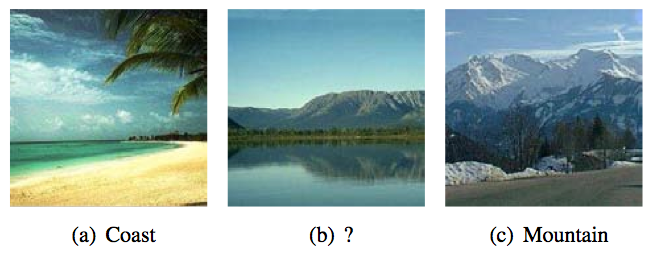
Paper Highlights:
- Create awareness in the computer vision community that scene images are non-mutually exclusive, this is supported by an online survey thru the SurveyMonkey webpage using scene images, randomly chosen from the OSR dataset. Therefore, state-of-the-art solutions focus on developing that perform the binary classification tasks are not practical.
- This research focus on this very important, but largely neglected issue with the proposal of the Fuzzy Qualitative Rank Classifier (FQRC). The proposed FQRC provides a ranking interpretation instead of binary decision.
- The Fuzzy Qualitative Rank Classifier (FQRC) code is availabe at [Github].
Benchmark Results: Below shows comparison between different classifiers, as well as the survey from the SurveyMonkey. It can be seen that the outcome of FQRC is very similar to the SurveyMonkey.

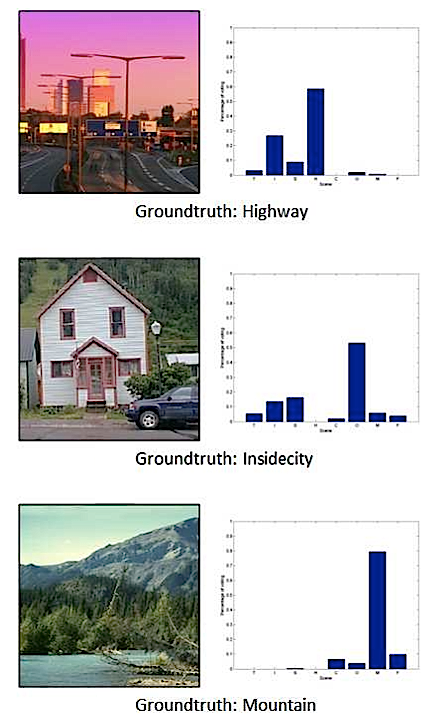
Scene image is non mutually exclusive: Psychological and metaphysical proved that there is an influence of human factors (background, experience, age, etc.) in decision making. Here, we show that the research in scene understanding falls within this category and scene images are indeed non-mutually exclusive. We created an online survey in the SurveyMonkey webpage using scene images, randomly chosen from the OSR dataset. The task is to select a class that best reflects the given scene accordingly without prior knowledge of what the ground truth is. The complete results are as below.

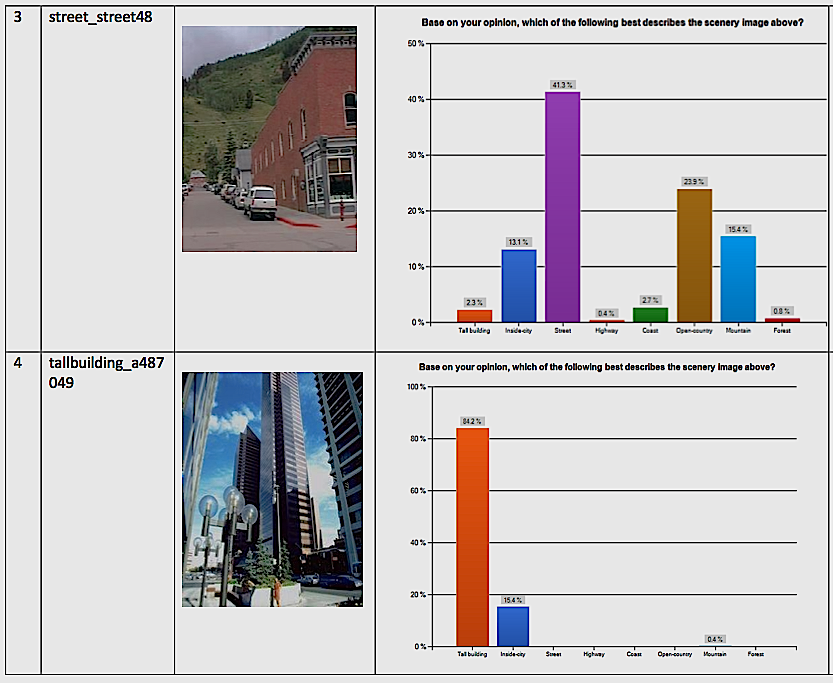
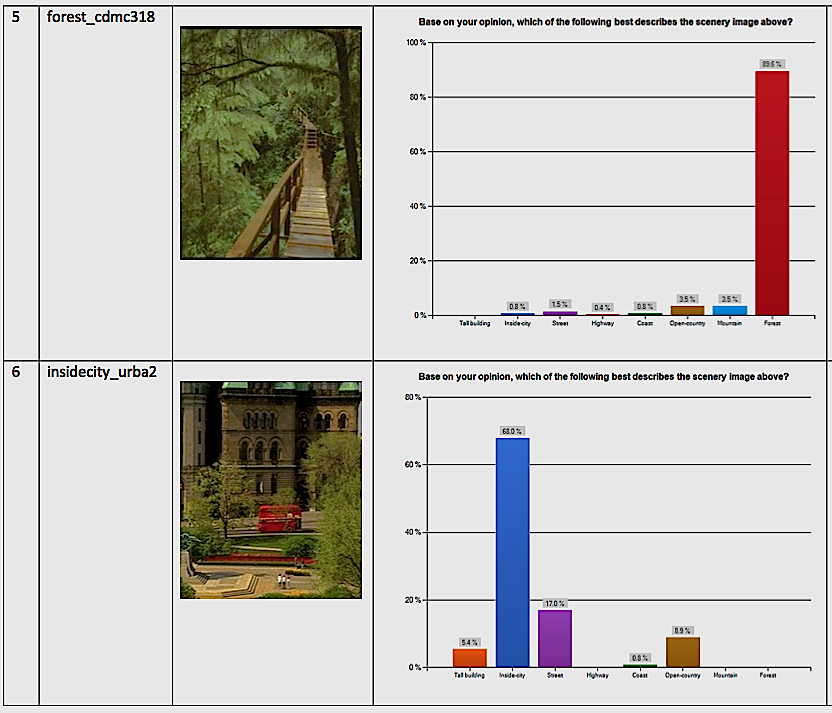
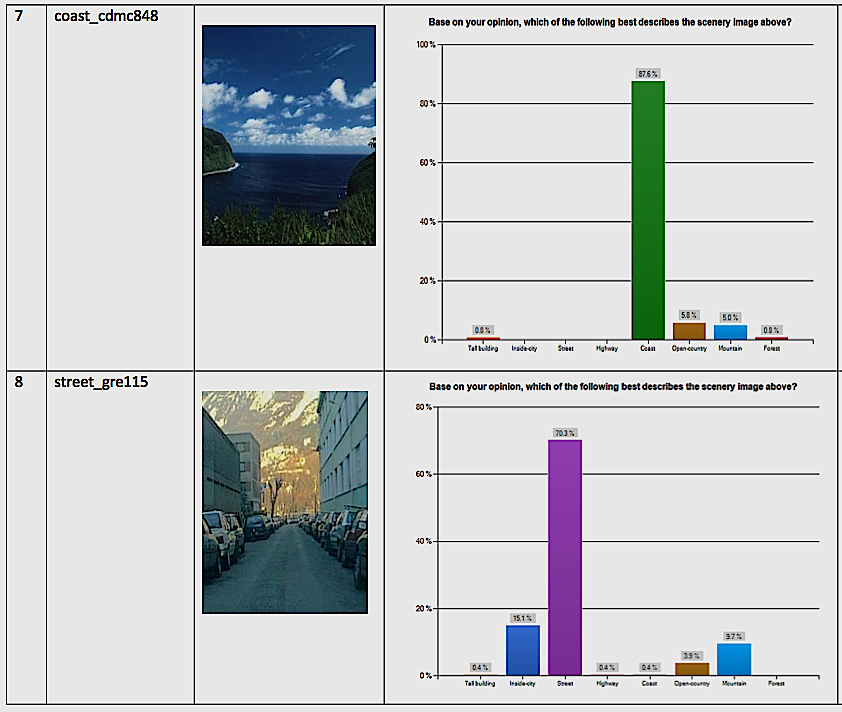
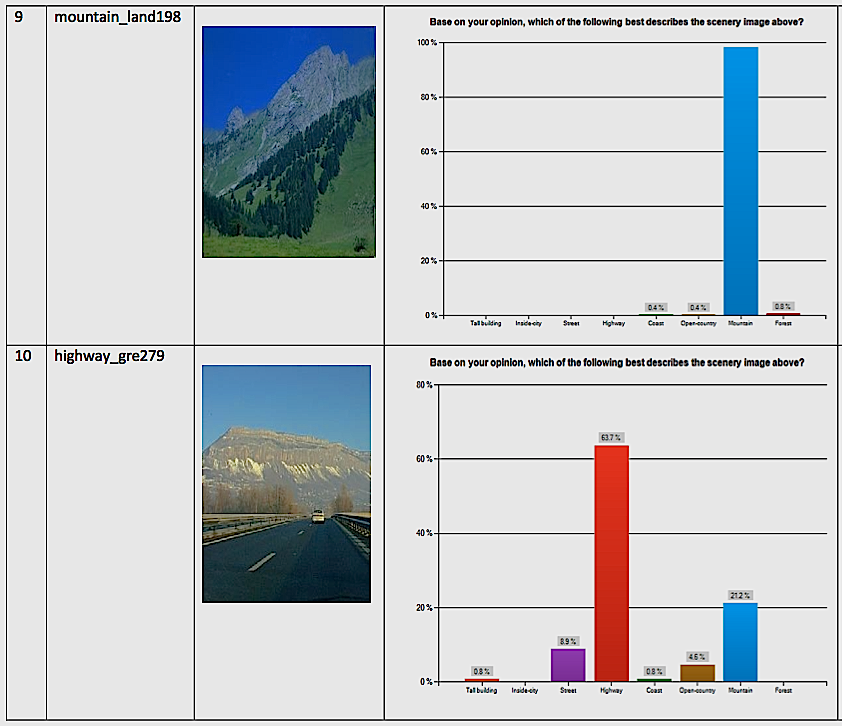
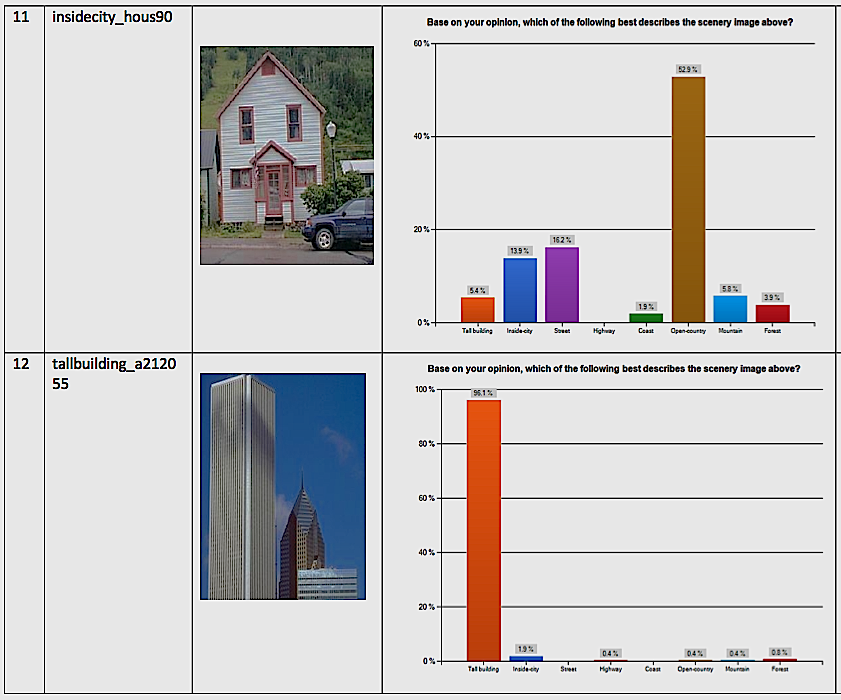
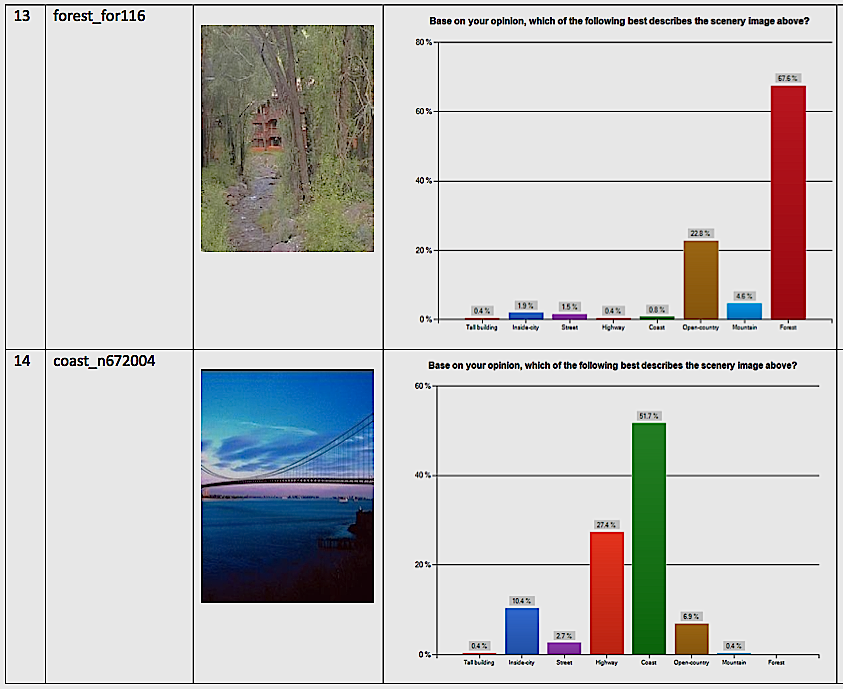
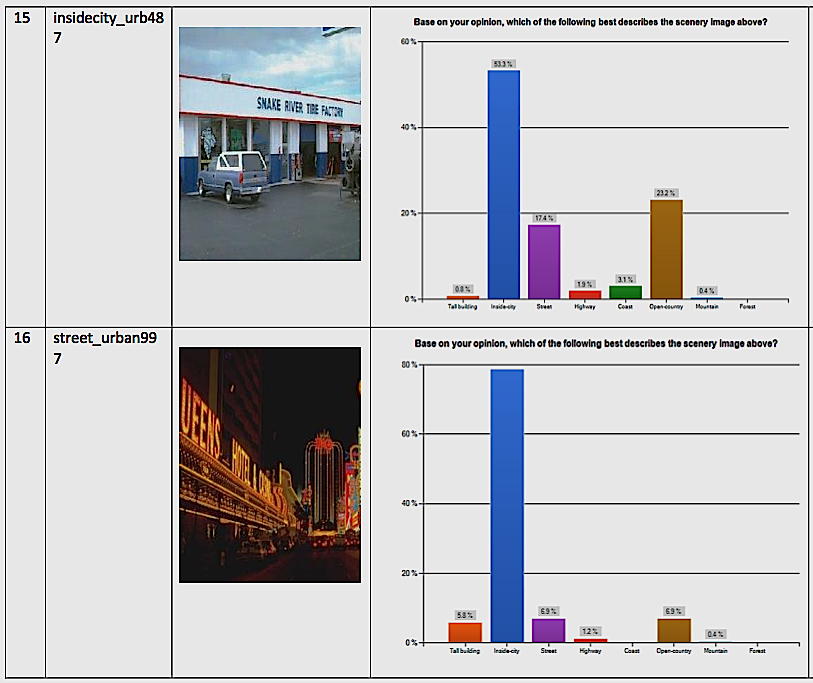
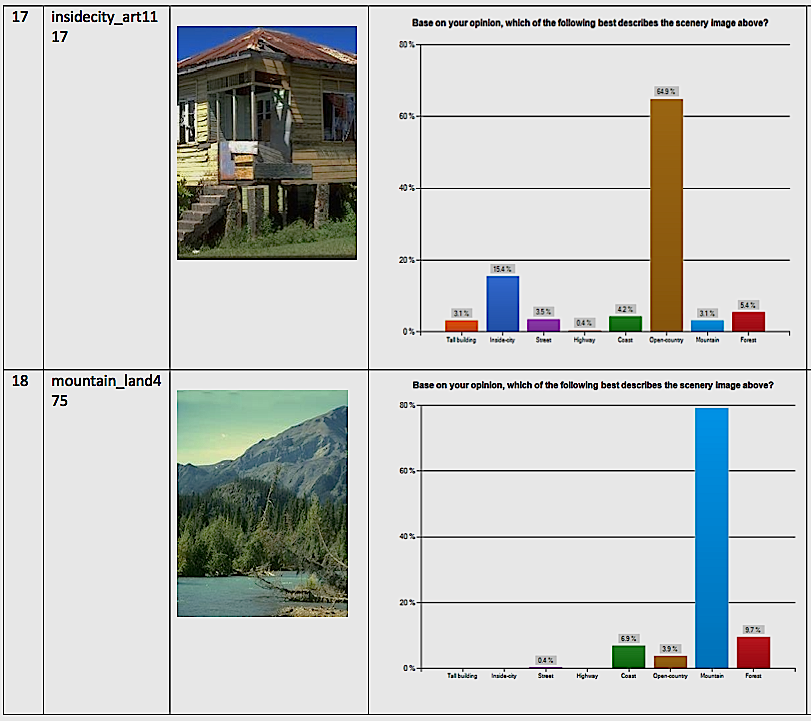
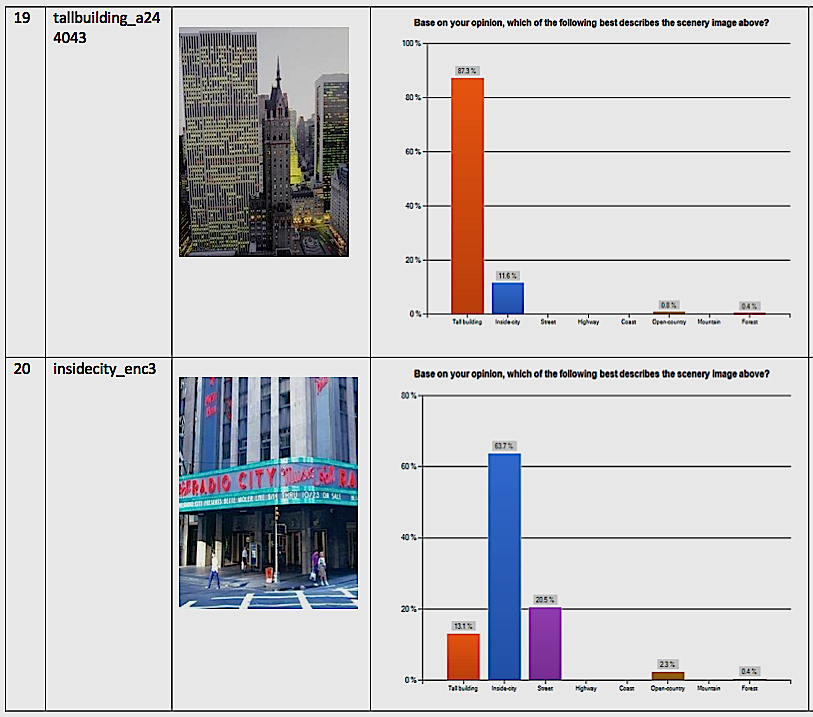
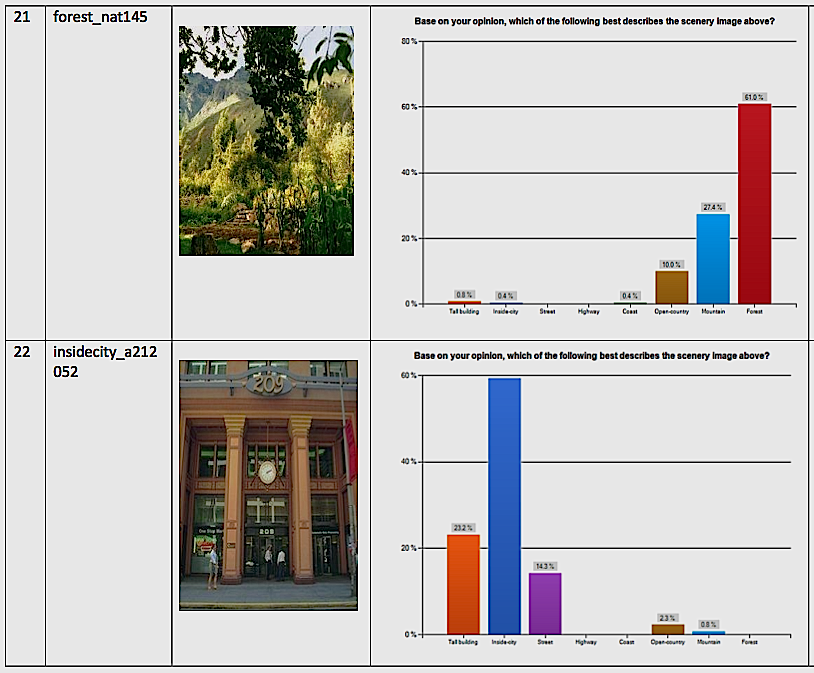
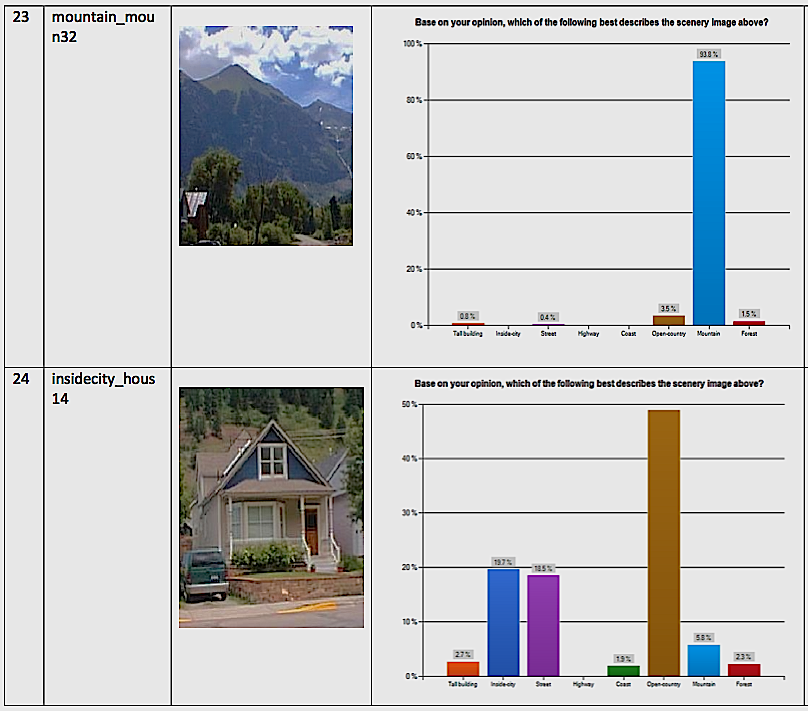
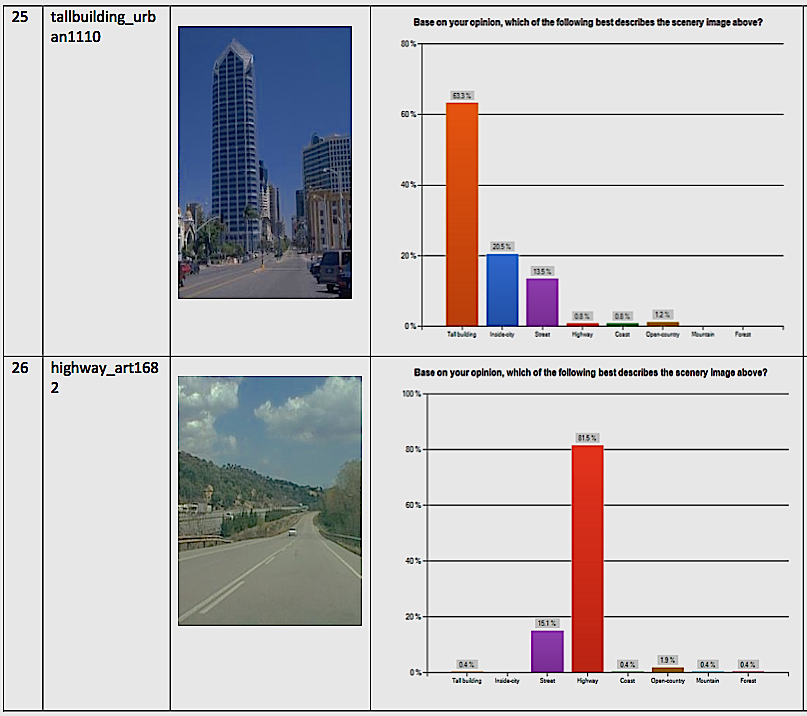
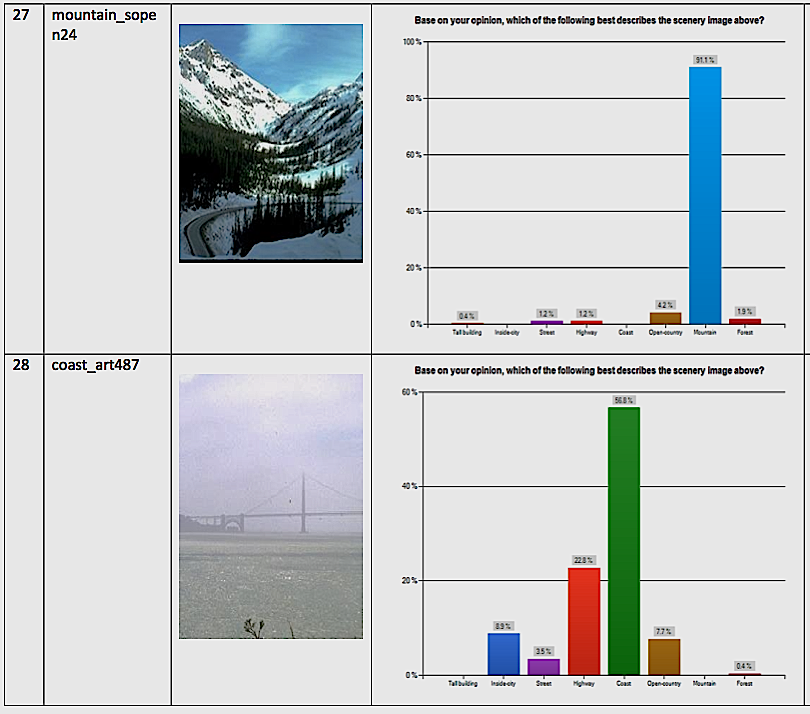
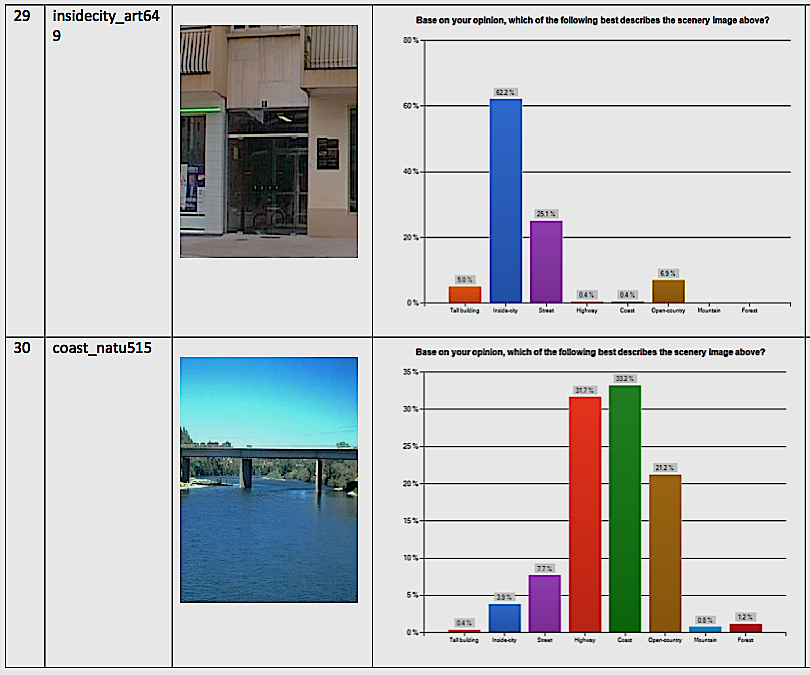
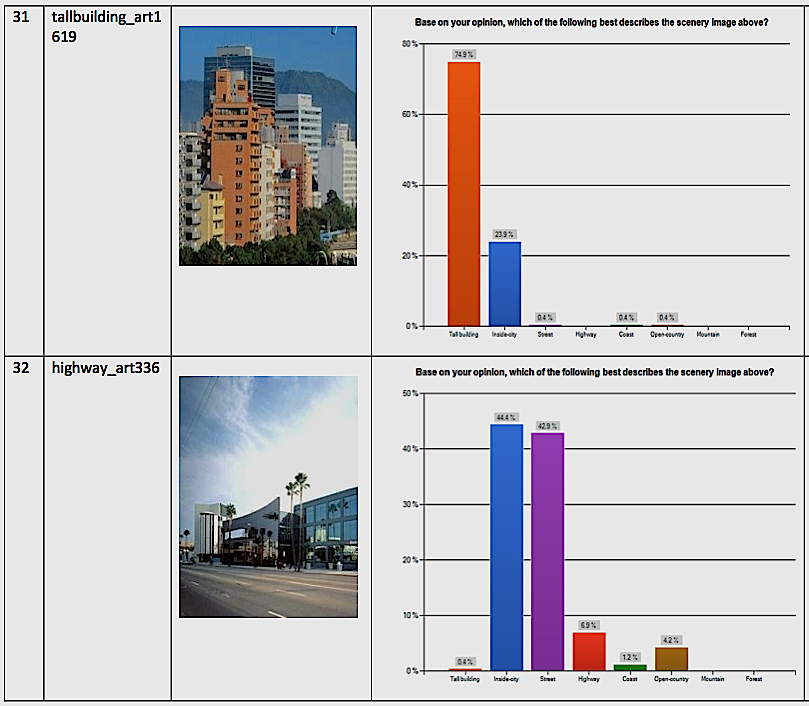
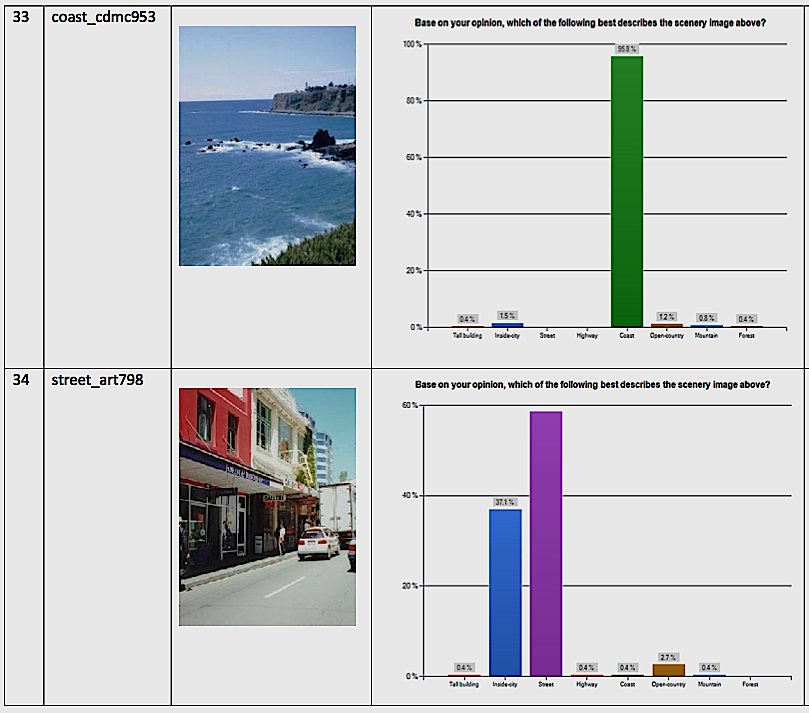
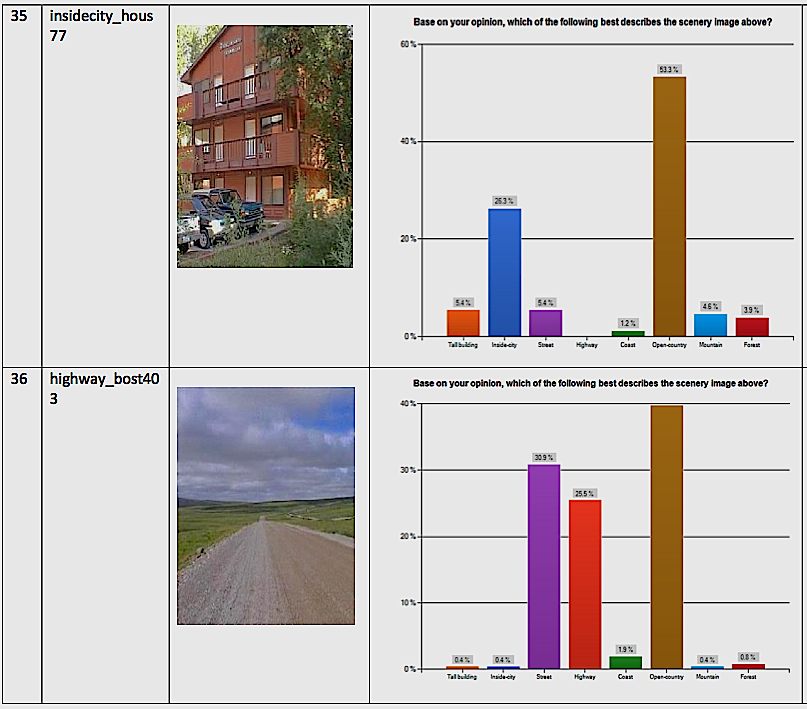
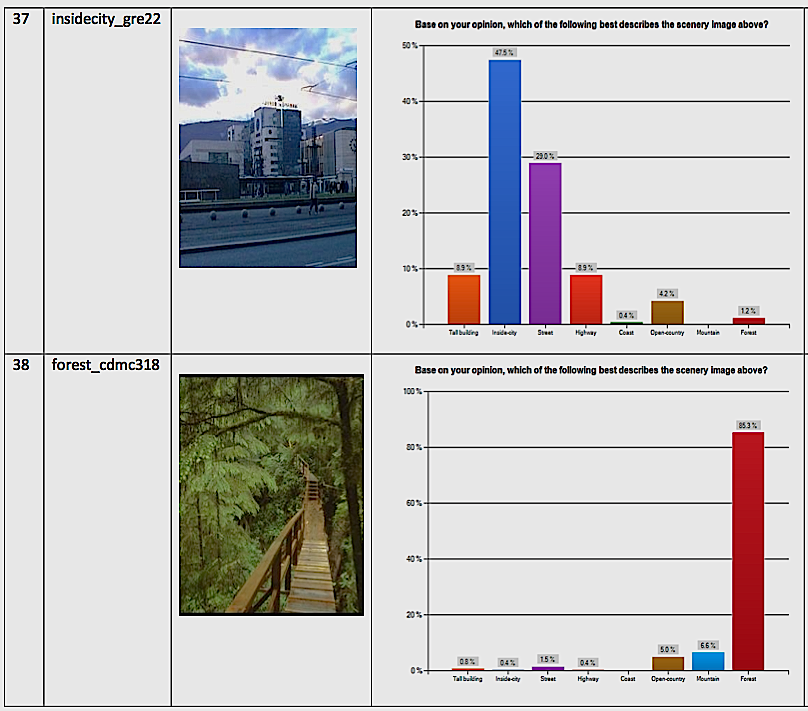
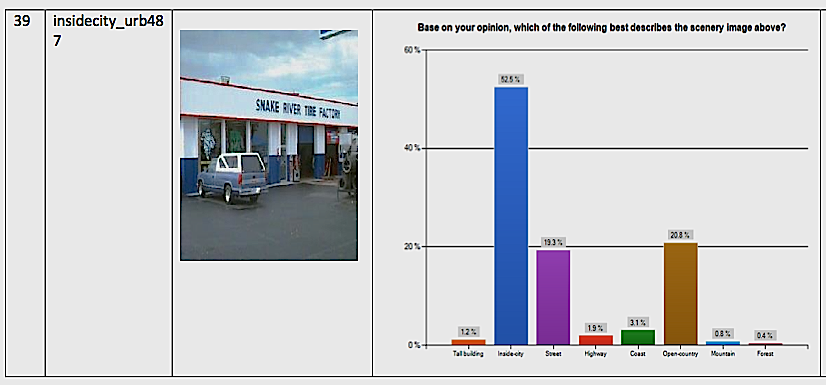
Acknowledgement
This research is based upon work supported by the High Impact Research MoE Grant UM.C/625/1/HIR/MoE/ FCSIT/08, H-22001-00-B0008 from the Ministry of Education Malaysia and the UM Bright Sparks Programme. Any opinions, findings, and conclusions or recommendations expressed in this material are those of the author(s) and do not necessarily reflect the views of the University of Malaya.